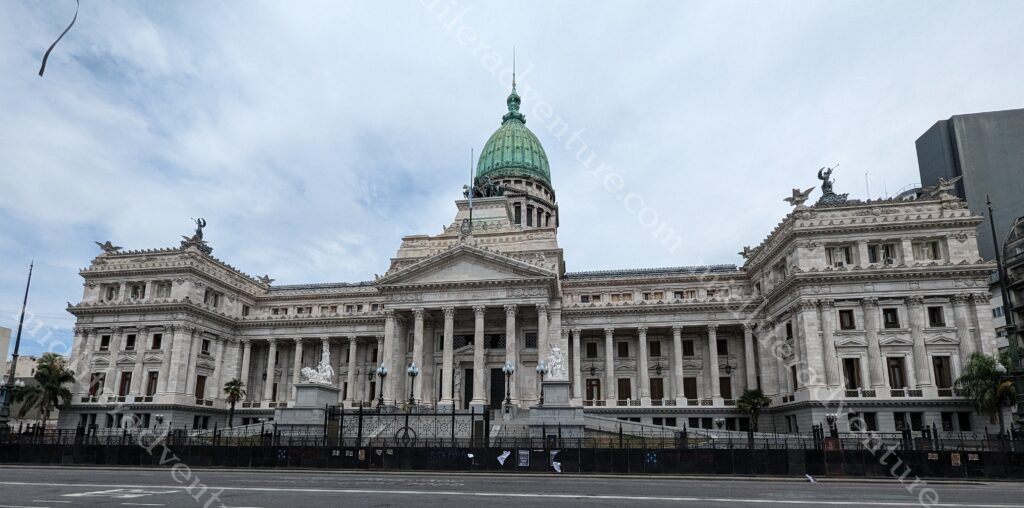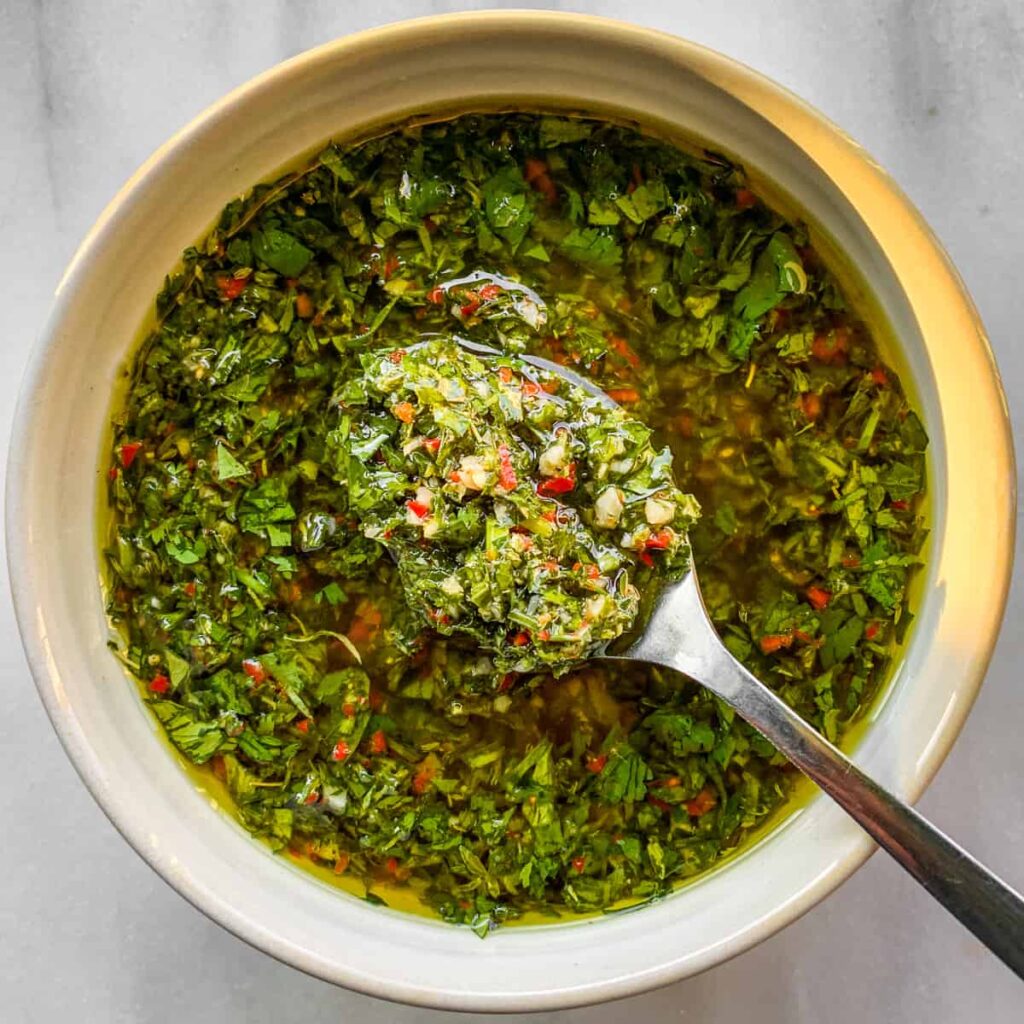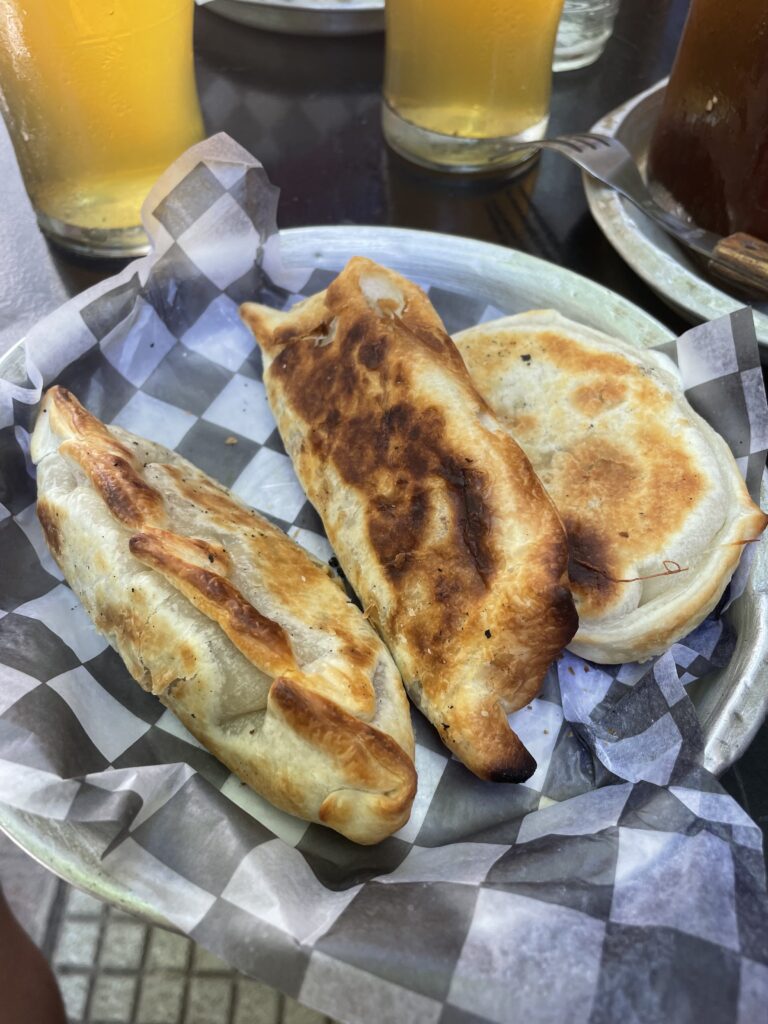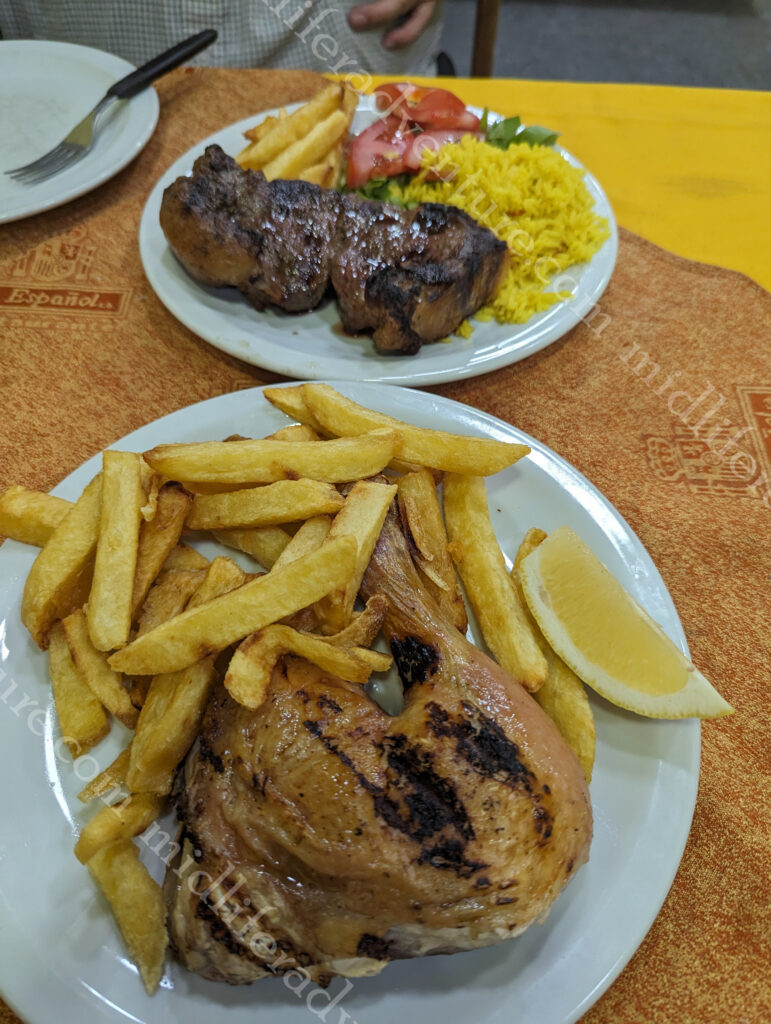Leaving Puerto Iguazu on a 40-degree day had seen us sweltering all day with no access to our air conditioning and a 6 pm flight. We had hiked the falls on both sides with temps around 37 degrees but on the day we left it really cranked it up. Anyway, we were out and on our way back to Buenos Aires. Having blitzed it pretty well last time around we thought we could just kick back and enjoy.
How wrong were we. For all that we had seen there was so much more that we missed. This became painfully obvious when we (finally) got to our Air B&B apartment (more about the finally comment in a minute) and found that this was a whole section of town that we had missed (Plaza del Congreso). Jill had us booked in to a stunning little studio apartment right in the heart of town.

So we hopped off the plane, grabbed our Uber ($8) to the apartment and all was going swimmingly until we were about 650 meters away from it. When we tried to turn right, there was a motorbike policeman blocking the road banning access.
Now we have been using a learn Spanish App called Duolingo which has been great and has taught us some great stuff. I can now identify a green dress (la vestido verde) but needless to say that the content of the following conversation was not covered in our learn a language app.

In conversations with our Uber driver and later the motorbike cop we found out (with the help of live translate apps) that apparently there was a major demonstration that had turned into a riot, right in front of our accommodation. The protestors were throwing rocks at police and the police were responding with rubber bullets and water cannons. We were told that it was being dealt with and to grab a coffee or a meal and when the bike moved then it would be safe to head to our apartment.
Needless to say, the language app did not cover this level of detail. The news the following day had the photos below.








So we found a restaurant, had a couple of (one litre) beers a steak, a quarter chicken and some unplanned but delicious calamari all for about $33.



After the feed we headed out and the cop was gone, so we lugged our bags the other 650 meters to the site of riot. Along the way the local council was out with water blasters and leaf blowers cleaning up the streets and within around an hour you could barely tell anything had happened. By the next morning, apart from a few stray rocks, all evidence of a protest was gone and the Plaza del Congreso was back to being a tourist mecca.







The temperature in Buenos Aires was also in the mid-high 30’s and hiding in the air conditioning seemed like an awesome option. But breakfast awaited. So I hunted about and found a place just to the side of the congress building (scene of the riot) for three coffees, a smoothie and a couple of croque madame’s (under $16).



Argentinian Economic Crisis
Argentina was once a booming and brilliantly functioning first-world nation and remains a member of the G20. The infrastructure that is here and the efficiency of the systems reflects this. It is the second-largest economy in South America but decades of economic mismanagement, has placed it in an economic crisis.
Argentina nosedived into economic crisis in 2018 and has never fully recovered. Annual inflation has been above 50% most of the time since then; it reached 103% in February. This has resulted in soaring inflation and a booming black market for American dollars.
Since the 1950s, Argentina has spent more time in recession than almost any other nation, according to the World Bank. Nearly 40% of Argentines live in poverty, compared to about 25% at the start of the crisis. Between 1989 and 1991 Argentina experienced hyperinflation when it surpassed 3,000%, until they defaulted on their debt.
Recently the central government borrowing has gone from $63 billion to over $140 billion. The government has been introducing increasingly harsh austerity measures in the country. This has included spending cuts and privatisation which have been increasing interest rates, reducing employment, and massive devaluations in the peso.
Argentinian Food
To say that meat is king in Argentina would be the most ridiculous understatement ever made. Barbeque (Asado) commonly known as parrilla is at the heart of this. It originated with the gauchos, or cowboys, who would subsist on the abundant cows dotting the country. You can easily expect to find beef, pork, ribs, sausages, blood sausages and sweetbreads hot off the fire.






Chimichurri is the national go to. It is a green salsa made of finely chopped parsley, oregano, onion, garlic, chilli pepper flakes, olive oil and a touch of acid, such as lemon or vinegar.
I have had it in Australia and never got what the fuss was about, but now I understand.


Provoleta is a dish of pungent, sharp, discs of the cheese, topped with chilli flakes and herbs, then grilled. The nearly melted cheese is served slightly caramelised on the outside while being gooey and smokey on the inside. Top it off with olive oil or chimichurri.
Dulce de leche (loosely translated as ‘milk jam’,) is a thick caramel, the result of condensed milk being slowly reduced until sweetened and sticky.
It is used in almost every desert and is amazing.
We had it in so many forms it wasn’t funny, and they were all good.


Alfajores is one of the uses for the Dulce de leche. They come in any number of ways but are essentially two melt-in-your-mouth biscuits with dulce de leche in between. Some are dipped in chocolate others are rolled in coconut, but they are all good.
Empanadas are not solely Argentinian, but having had them in multiple countries, I think that the Argentinian ones so far have been the best.
They are basically the south American version of pasties. They can be filled with virtually anything that you want.
The Argentinian ones I have had seem to have had the pastry to filling ratio right.


Yerba Mate is a local version of a herbal and caffeine type drink. It is everywhere.
Leaves from the yerba mate plant are dried, chopped and ground into a powder, or steeped, like tea as whole leaves into hot water.
It comes in little pots with a metal straw that doubles as a sieve. Not being a tea drinker, we never tried it, but it is absolutely everywhere you look, so there must be something going for it.

And of course, papas fritas or more commonly for us, chips.
These are everywhere, and come with everything. It is almost impossible to find any other type of vegetable.
This is truly the land of meat and carbs, maybe one of the reasons I have grown to love Argentina.